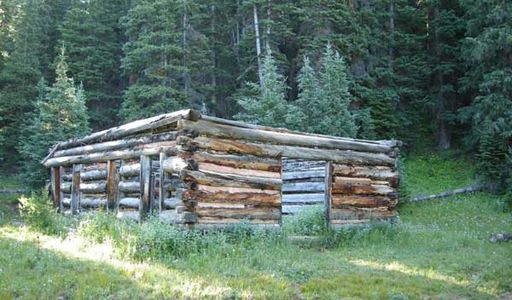

The 64 counties of the U.S. State of Colorado.
This is a list of some notable ghost towns in the U.S. State of Colorado. A ghost town is a former community that now has no year-round residents or less than 1% of its peak population. Colorado has over 1,500 ghost towns, although visible remains of only about 640 still exist. Due to incomplete records, no exhaustive list can be produced.











